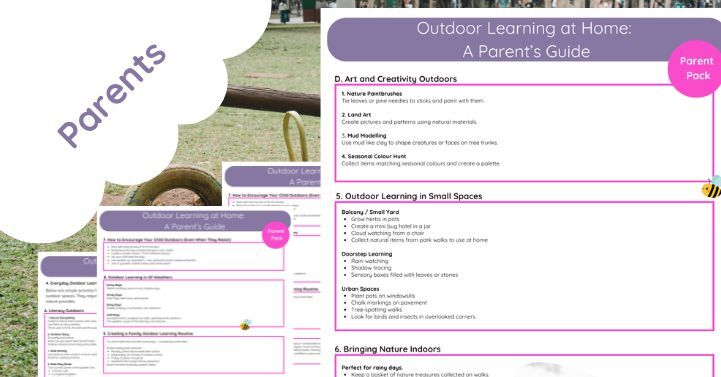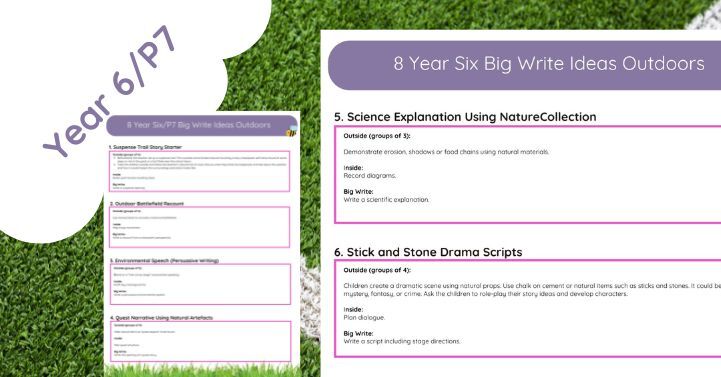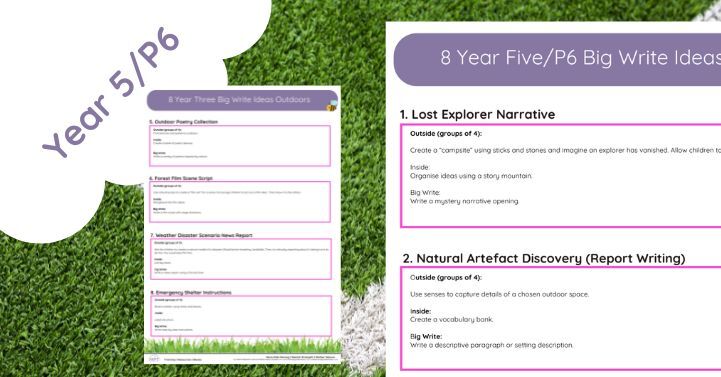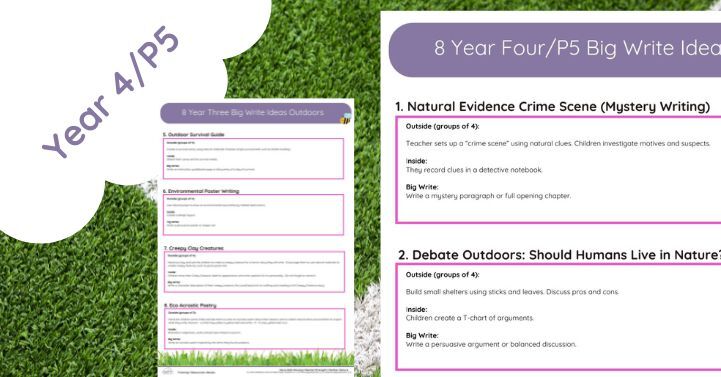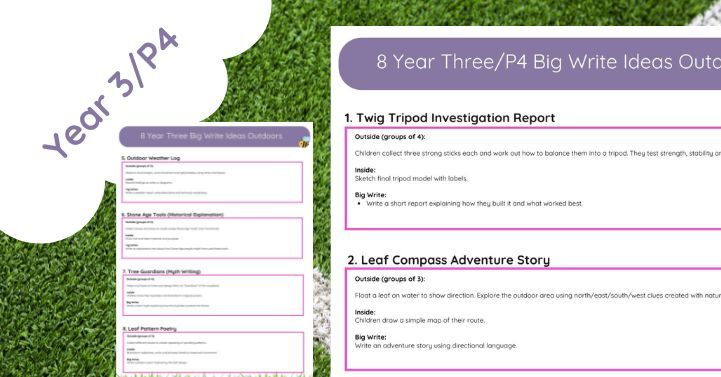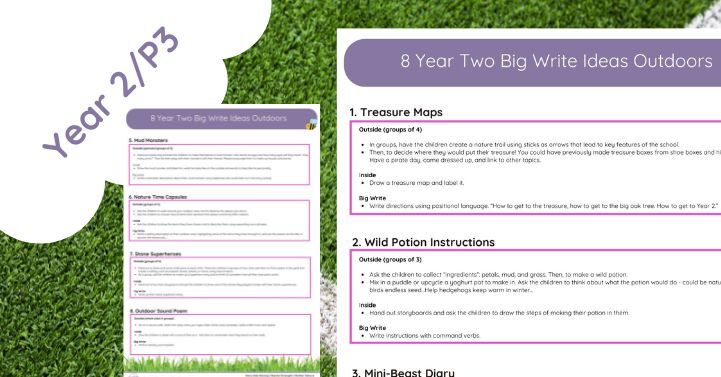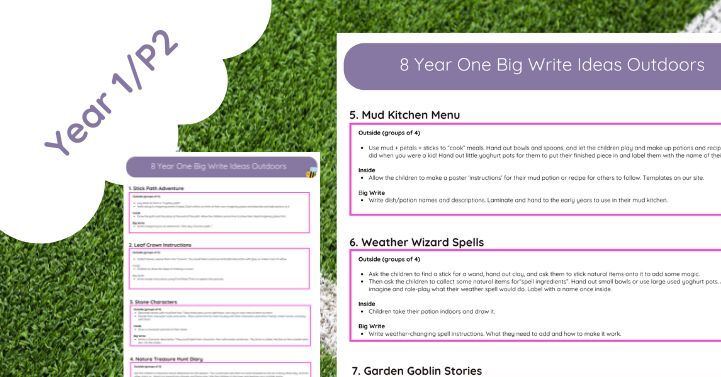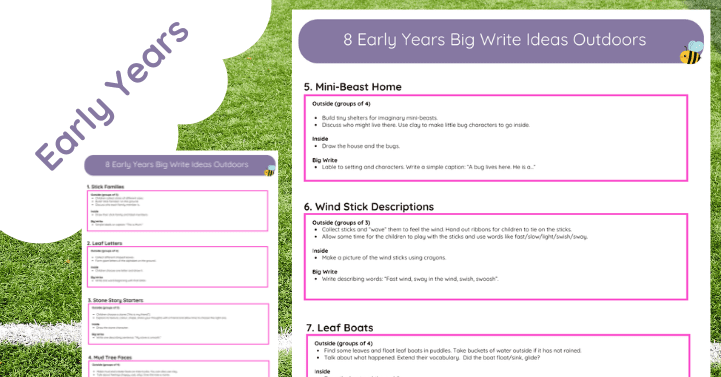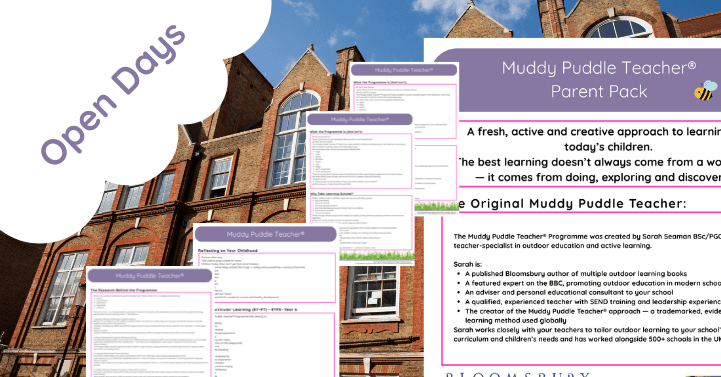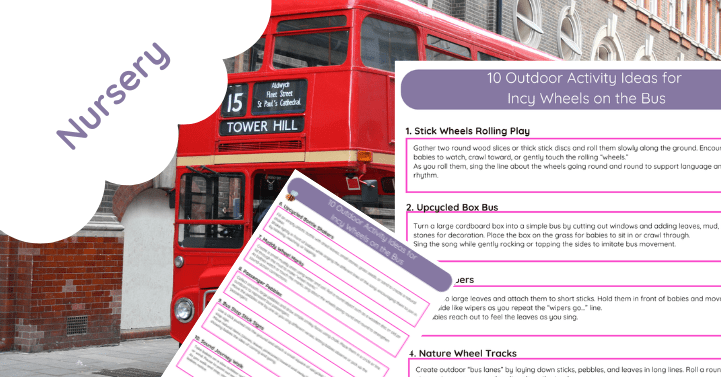Craft Ideas for Babies in Autumn – Ideas Pack
Introducing the “Craft Ideas for Babies in Autumn” Ideas Pack—a specially designed collection of sensory-rich, safe, and engaging craft activities for the youngest explorers! Crafted for caregivers, parents, and early years educators, this ideas pack is filled with simple, autumn-themed crafts that introduce babies to the season’s colours, textures, and scents. Each activity is tailored to be developmentally appropriate, ensuring safe and joyful exploration as babies discover the wonders of fall.
Key Features:
- Sensory-Rich Experiences: Every craft encourages babies to engage their senses, from feeling soft play dough and squishy sensory bags to smelling warm autumn spices.
- Seasonal Learning: Introduce babies to the colours, textures, and natural materials of fall with easy-to-follow craft ideas that celebrate the beauty of autumn.
- Age-Appropriate and Safe: Designed with safety in mind, each activity uses baby-friendly, non-toxic materials, ensuring worry-free play for babies who love to taste and explore.
- Encourages Exploration and Curiosity: These hands-on crafts foster curiosity, creativity, and early motor skills, helping babies learn through sensory discovery.
- Perfect for At-Home or Classroom Use: Ideal for parents, caregivers, and early educators looking for simple yet enriching ways to connect babies with the world around them.
Sample Activities Included:
- Autumn Leaf Sensory Bags: Mess-free sensory exploration that lets babies squish and feel fall leaves in a sealed bag.
- Edible Pumpkin Spice Paint: A safe, scented paint made from yoghurt or applesauce that babies can taste, smell, and use to create their first masterpieces.
- Cinnamon Stick and Leaf Mobile: A visual and aromatic hanging mobile made from natural materials perfect for tummy time.
- Autumn Sensory Bottles: Mesmerizing sensory bottles filled with autumn items like acorns, leaves, and pinecones for babies to shake and explore.
- Fall-Themed Edible Play Dough: Soft, edible play dough infused with autumn colours and textures, perfect for pressing with mini pinecones and leaves.
Create memorable, enriching, and safe autumn moments with your baby using the “Craft Ideas for Babies in Autumn” Ideas Pack. It’s the perfect way to celebrate the season while nurturing early development through sensory play and exploration! 🍁🍂👶
The Importance of Sensory Play with Babies: Why Early Exploration Matters
Sensory play is one of the most valuable types of play for babies. Engaging in activities that stimulate their senses—touch, sight, smell, taste, and hearing—helps babies understand their environment while building essential cognitive, social, and physical skills. However, in today’s tech-heavy world, babies have fewer opportunities to explore through natural, hands-on experiences. Here, we’ll explore why sensory play is so important for babies, the benefits it brings, and how you can easily integrate it into daily routines.
1. Supporting Cognitive Development
Sensory play stimulates babies’ brains, helping them process and understand new sensations, objects, and experiences. By touching different textures, observing colors, or smelling new scents, babies build neural connections that support memory and learning.
According to Pathways.org, sensory play can improve problem-solving abilities and enhance early cognitive development. These experiences help babies understand cause and effect, the properties of objects, and basic concepts, which provide a foundation for future learning.
2. Encouraging Fine and Gross Motor Skills Development
Sensory play helps babies practice fine and gross motor skills. Activities like squeezing, pinching, and pressing small items help build strength and coordination in their hands and fingers, essential for skills they’ll need later in life, like writing and using utensils.
American Academy of Pediatrics (AAP) emphasizes the role of physical movement in learning. Rolling a sensory bottle or squishing dough supports gross motor skill development, while activities like grasping textured toys help strengthen babies’ fine motor abilities, making sensory play both fun and beneficial.
3. Enhancing Language Development
Sensory play provides rich opportunities for babies to hear and practice language. As caregivers describe the textures, colours, and sounds babies encounter, they introduce new vocabulary and descriptive language.
According to the American Speech-Language-Hearing Association (ASHA), sensory play is a valuable tool for language development. Narrating sensory experiences—using words like “soft,” “crunchy,” “smooth,” and “bumpy”—helps babies connect language to their experiences, building their ability to understand and eventually use descriptive language.
4. Building Emotional Regulation and Calming Experiences
For babies, the world can feel overwhelming. Sensory play offers calming and soothing experiences that can help them regulate their emotions. Soft textures, gentle sounds, and calming scents provide comfort, especially when they’re feeling overstimulated.
The Child Mind Institute explains that sensory play, especially with calming activities like sensory bottles or water play, helps babies focus, relax, and self-soothe. Introducing babies to safe, repetitive sensory experiences provides a foundation for emotional regulation as they grow.
5. Fostering Curiosity and Exploration
Sensory play encourages babies to engage their natural curiosity and sense of exploration. When babies feel different textures, listen to various sounds, or explore new objects, they develop the confidence to ask questions and seek out new experiences.
Scholastic Parents emphasizes the importance of hands-on learning in early childhood. A simple sensory bin filled with natural items like leaves, pinecones, or acorns can foster a baby’s sense of wonder and help them develop a lifelong love for discovery.
6. Supporting Sensory Processing Skills
Some babies experience challenges with sensory processing, meaning they may be highly sensitive or under-responsive to sensory input. Sensory play allows them to explore different stimuli in a controlled environment, helping them become more comfortable with new sensations.
Understood.org offers insights into the importance of sensory play for children with sensory processing difficulties. Gradually introducing textures, sounds, and scents can help babies develop tolerance and responsiveness, supporting sensory integration as they grow.
7. Increasing Bonding and Attachment
Sensory play provides valuable bonding moments between caregivers and babies. As they play together, babies develop trust and stronger attachments to their caregivers. Sensory play encourages interactive, hands-on learning that strengthens the caregiver-baby relationship.
According to Zero to Three, responsive, interactive play reinforces secure attachment, like holding hands, exploring sensory textures, or playing with water. Babies feel more connected and reassured, which supports healthy emotional and social development.
8. Building Resilience and Confidence
Babies exploring sensory play are introduced to new sensations and challenges in a safe, supportive environment. By encouraging them to try new textures or engage with different materials, we help them build resilience and confidence.
Harvard’s Center on the Developing Child notes that positive, hands-on experiences can build resilience. Sensory play helps babies feel empowered as they navigate new sensations, which fosters a sense of accomplishment and confidence as they grow.
9. Introducing Nature and Environmental Awareness
Outdoor sensory play introduces babies to natural textures, sounds, and smells, helping them connect with nature early on. Feeling grass, touching leaves, and hearing birds introduce babies to the natural world, supporting environmental awareness and empathy for the planet.
The National Wildlife Federation (NWF) promotes nature-based play to develop children’s environmental awareness. Sensory exploration outdoors is a gentle way for babies to start forming a connection with nature and develop respect for the environment.
10. Supporting Early Math and Science Concepts
Sensory play introduces babies to early math and science concepts, like measurement, size, and weight. As babies scoop, pour, and explore objects, they develop an understanding of spatial relationships and basic scientific principles, like cause and effect.
National Association for the Education of Young Children (NAEYC) highlights that sensory play is a foundation for early math and science learning. Activities like filling and emptying containers introduce measurement while stacking objects teaches balance and stability.
Ideas for Safe and Engaging Sensory Play with Babies
If you’re interested in adding sensory play to your baby’s routine, here are some simple, baby-safe activities:
- Sensory Bags: Fill a clear, resealable bag with water, food colouring, and safe objects like soft leaves or pom-poms. Seal it well and let your baby press on the bag to feel textures and see colours.
- Edible Finger Paint: Use yoghurt or applesauce with food colouring as safe finger paint. Babies can enjoy smearing, tasting, and making patterns on a highchair tray or thick paper.
- Sensory Bottles: Fill a clear plastic bottle with water, acorns, mini leaves, or glitter. Babies will enjoy shaking and rolling the bottle and watching the items move.
- Nature Exploration: Take your baby outdoors to touch soft grass, rough tree bark, or smooth stones. Describe each texture as they explore, helping them connect words to sensory experiences.
- Homemade Play Dough: Create edible play dough using flour, salt, and water, adding a pinch of cinnamon for an autumn scent. Let babies press leaves, pinecones, or acorns into the dough, making impressions and exploring textures.
Making Sensory Play Part of Daily Life
Sensory play doesn’t have to be elaborate. Many everyday activities offer simple sensory experiences for babies. Bath time, for example, involves water temperature, texture, and sound, making it a natural sensory experience. Mealtime introduces new tastes and textures, supporting sensory learning.
Sensory play provides engaging ways for babies to explore the world around them, helping build curiosity, resilience, and emotional regulation. By incorporating sensory play into daily routines, we offer babies meaningful and joyful opportunities for learning and development.
For more sensory play and child development resources, check out Pathways.org, Child Mind Institute, and Understood.org. Sensory play is a simple yet impactful way to support babies’ development and set the stage for a lifetime of exploration and learning.



